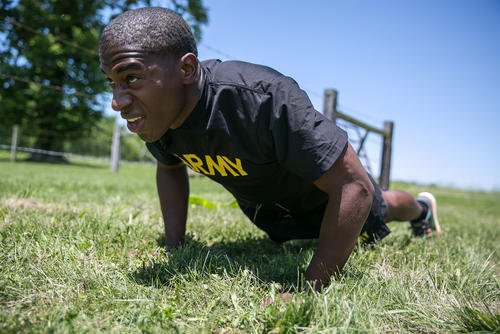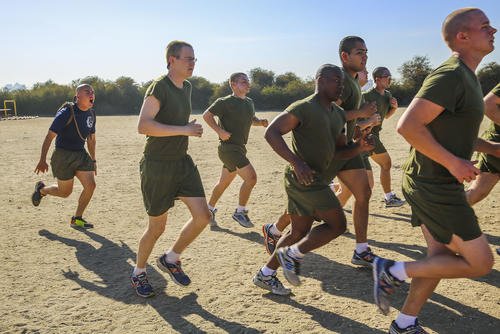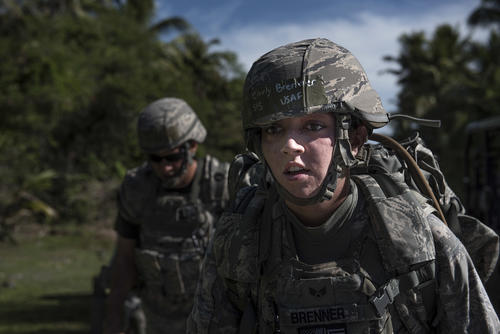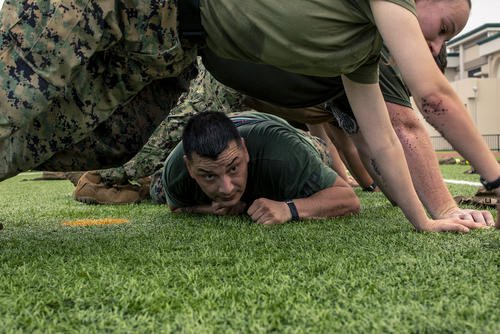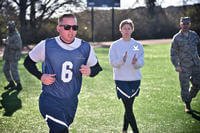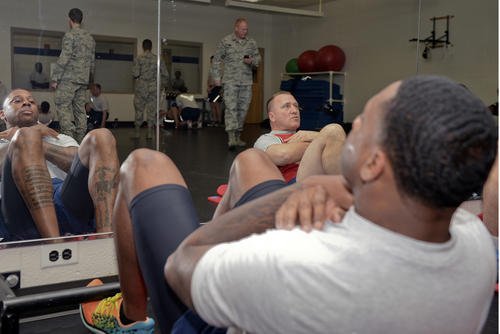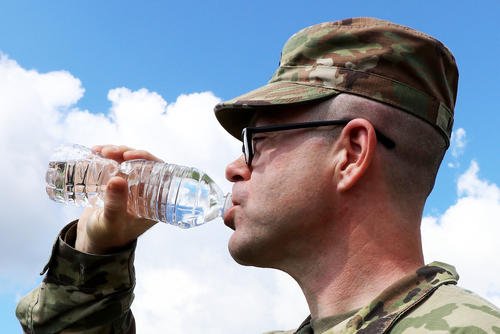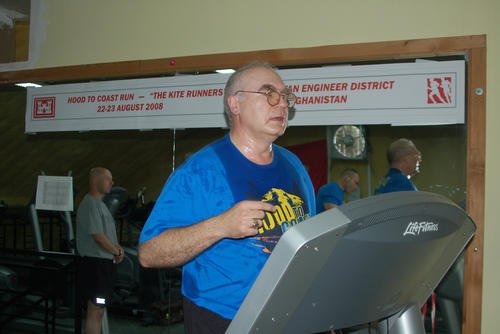Stew, what are your thoughts on Stairmasters for pre-military training? How do you recommend incorporating them, and any workout suggestions? Thanks, Jason
Firefighters have been using stair-steppers (with weighted gear) for decades to prepare for climbing steps on the job. I was exposed to training with stair-steppers because firefighters introduced me to them while wearing a weight vest. Since then, we have found local gyms with stair machines to use and have incorporated them into all military prep training, especially if the running or rucking in folks' future is done on challenging terrain.
Stairmasters can be an excellent tool for helping prepare the lungs and legs for the durability and strain of military training. If you will be load-bearing -- that is to say, rucking or carrying equipment -- while running in soft sand or on hills, you can simulate challenging cardio, leg durability and muscle stamina training with stair-machines or bleachers. The stairs have been a good leg and cardio workout for those who are nursing shin pains, so they can avoid the impact pains of running.
Here is how a stair-stepping workout typically goes: Warm up with an easy 5- to10-minute stair climb pace, then stretch the legs from hips to feet. Use a single step to warm up, then increase the range of your step by skipping a step to warm up the leg/hip muscles a bit deeper.
Steady Pace
Depending on your goal for the day, you can work your aerobic base and do a Zone 2 type workout (lower heart rate) for 45 to 60 minutes. Or, if you want to push the intensity, you can add a weight vest (40 to 50 pounds) and do the same workout. The latter is a great way to top off a leg day and replace running if you need to avoid the impact of running on pavement.
Intervals
If you are looking at higher heart rate training and speed work, increase your pace for hard work sets and easy-paced recovery sets. A workout like the Tabata Interval (20 seconds fast and 10 seconds each for 7- to 10-minute sets) is a solid challenge. Repeat two to three times to fill a 20- to 30-minute workout.
You can also keep it simple with one-minute fast climb and a one-minute easy-stepping repeated for 20 to 30 minutes. Get creative with the intervals, and you will never have a boring workout as the change in pace keeps you focused on breathing, recovery and effort.
Single Step/Skip Steps with Increased Resistance
Another way to work the legs and lungs is to mix up the step pattern from single step to double step or skip-step strides. You can also increase the resistance of both stepping options to require more body weight on the individual leg with each step.
Every minute, increase the resistance by one level, but change up the steps every minute as well. On odd minutes, do single-step strides on the machine. On even sets, do skip-step strides. Continue up this resistance pyramid until you fail to maintain your pace (flights per minute), then repeat in reverse order down the resistance pyramid.
For more information on fitness training with machines like stair-steppers, treadmills, bikes and rowers, check out the Military.com Fitness Section. There are hundreds of articles on workout design, nutrition, recovery, fitness testing, military preparation, and much more.
Want to Learn More About Military Life?
Whether you're thinking of joining the military, looking for fitness and basic training tips, or keeping up with military life and benefits, Military.com has you covered. Subscribe to Military.com to have military news, updates and resources delivered directly to your inbox.







